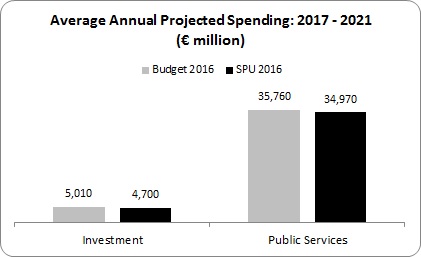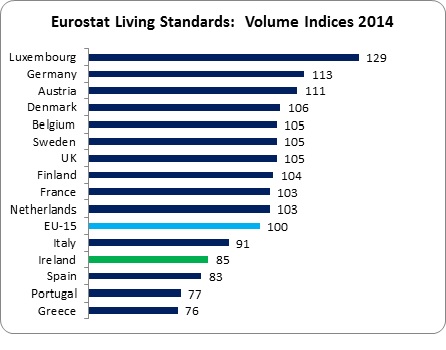We will soon have a government. What kind will it be? Time and a Programme for Government will tell. But what we really need is an experimenting government; one that uses resources and creativity to experiment with different proposals. There are many good ideas out there but it is hard to know how they might impact on the economy and society were they introduced in one go. Commissions, green papers and studies can only tell you so much. We should experiment – trialling ideas for a limited period in different contexts and sectors. We can then assess the results to see if they are runners. Here are a few examples.
1. Shorter Working Week
I wrote about this here. In Sweden a number of trials are being conducted to assess the impact of a shorter working week in terms of cost, productivity, firm or agency performance, customer satisfaction and the health and well-being of the employees. Why not trial it here? We could select public and private sector workplaces to run 18-24 month experiments in reducing the working day. A study of productivity and all other elements would be done before and after the trial period and the results made public for study and debate.
2. Basic Income
Basic Income – a guaranteed payment to everyone regardless of employment status – is attracting more attention and discussion. Arguments centre around a new era of reduced formal work opportunities, the growing complexity of welfare states, strengthening workers’ bargaining power (if I have a living income to fall back on, I can walk away from the boss’s grief), etc.
But there are downsides: the high cost of implementation, inflation, unknown impact on the labour market. This is complicated by right-wing arguments that with Basic Income we can abolish the welfare state and minimum wages.
It is unlikely that a Government would introduce Basic Income all at once, or across the board. If it didn’t work out it would be very expensive to undo the policies and repair the damage. However, some places are conducting experiments – for instance,Utrecht and other Dutch cities. It will be limited to a certain cohort but the hope is to discover how it changes people’s behaviour and what the fiscal and bureaucratic impact would be. So why don’t we do the same thing – we could model it on the Dutch experiments so we don’t have to re-invent the wheel. It could be run out in urban and rural areas for a time-limited period with the effects to be studied afterwards.
3. Labour-Managed Enterprises
There has been increased academic interest in the performance of labour-managed enterprises (workers’ cooperatives, employee-ownership and other models). While extremely limited in Ireland, there are a considerable number operating in other countries – notably France, Spain and Italy – throughout the industrial and service sectors. Proponents argue that such enterprises increase productivity and firm performance while generating higher investment and reduced wage inequality.
Here is an opportunity to run a trial programme – through Enterprise Ireland, local enterprise boards or a new agency if that is seen a better fit. It would provide funding and training, and work with firms that are closing down due to poor performance or owner-retirement as well as greenfield start-ups. This experiment would take time – a firm may survive the first and even second year but could fold soon afterwards. However, this could be an on-going process, with periodic reports and analysis. This shouldn’t be too contentious – after all, it is about generating indigenous enterprises and putting people back to work. What we might find is that labour-managed firms are a better route to those goals, with positive spill-over effects in the community.
Like this:
Like Loading...
Read Post →




























